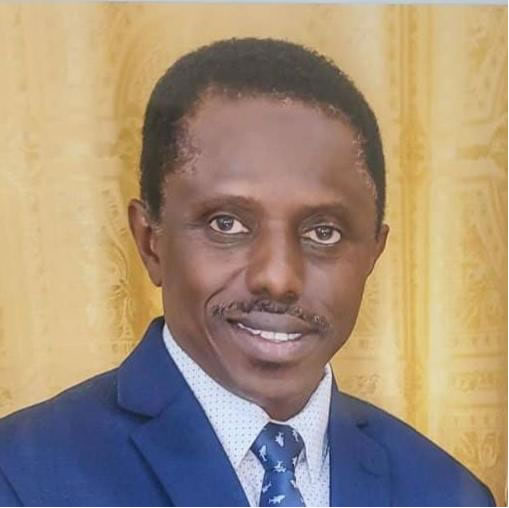The Gambia Government has made significant reforms in the past few years in the fiscal, financial and economic areas which have resulted in macroeconomic stability, and also provided the necessary investments required for growth and development in the country. The Gambian economy has enjoyed a sustained growth rate of 5-6 percent in the past six consecutive years. Despite the global economic challenges, the Gambia Government remains cautiously optimistic that growth will be maintained and the macroeconomic stability sustained in the medium to long term.
Real Sector
Real Gross Domestic Product (GDP) is projected at 6.1 percent. The rest of the economy is also expected grow. This growth is as a result of growth in all sectors of the economy but mainly due to very good crop harvest. By end of 2008, Agricultural activities are expected to grow by about 23.4 percent, accounting for 78.3 per cent of the overall GDP positive change. Primary production industries are expected to grow by 15.1, while the Services sector, which accounts for about 59.0 percent of GDP, is also expected to grow by 2.6 per cent.
|
2003 |
2004 |
2005 |
2006 |
2007 |
2008 |
|
|
GDP per capita, (in USD) |
246.239 |
272.639 |
305.681 |
327.878 |
411.287 |
492.188 |
Fiscal Sector
The overall fiscal deficit has substantially improved by about 1.5 percent of GDP by end of 2008.
Monetary Sector
Monetary policy continues to focus on lowering inflation and stabilizing the exchange rate. During the twelve months ending August, 2008, money supply grew by 20.7 percent, compared to 20.1 percent in 2005. The growth in money supply was mainly attributable to developments on the domestic front, as the net domestic assets of the banking system expanded, offsetting the contraction in the net foreign assets.
As a result of the Gambia’s economic performance, the IMF approved in February 2007, a three year arrangement under the Poverty Reduction and Growth Facility (PRGF) for the Gambia for an amount equivalent to SDR 14 million (about US$21 million and 45 percent of quota) in support of the Government’s economic program into 2009. IMF Board also granted additional interim assistance under the enhanced Heavily Indebted Poor Countries (HIPC) Initiative in an amount equivalent to US$0.5 million.
The proposed policies and external debt relief are expected to help The Gambia achieve debt sustainability and to promote sustained growth and poverty reduction programs which integrates Millennium Development Goals (MDGs) into its programs.
|
Gambia Gross Domestic Product by Economic Activity (Current Prices 2003-2007) |
|||||
|
|
Thousand Dalasis
|
||||
|
INDUSTRY |
2003 |
2004 |
2005 |
2006 |
2007 |
|
Agriculture, hunting and forestry |
3,442,630 |
4,364,988 |
4,577,091 |
4,665,327 |
4,986,988 |
|
Fishing |
274,168 |
301,585 |
306,350 |
313,326 |
334,925 |
|
Mining and quarrying |
201,930 |
266,938 |
290,643 |
337,119 |
360,360 |
|
Manufacturing |
822,145 |
973,364 |
1,024,155 |
1,040,338 |
1,112,050 |
|
Electricity, gas and water supply |
142,692 |
134,484 |
141,501 |
143,737 |
153,644 |
|
Construction |
896,574 |
982,179 |
1,124,013 |
1,605,946 |
1,525,869 |
|
Wholesale and retail trade |
3,910,591 |
4,380,418 |
4,608,991 |
4,681,819 |
5,004,550 |
|
Hotels and restaurants |
385,247 |
438,580 |
461,464 |
616,697 |
659,208 |
|
Transport and storage |
529,393 |
588,897 |
610,686 |
633,282 |
676,936 |
|
Communications and postal services |
1,456,664 |
1,334,581 |
1,428,001 |
1,527,960 |
1,633,288 |
|
Business services |
1,492,919 |
1,702,295 |
1,762,668 |
1,765,707 |
1,887,423 |
|
Public administration |
334,803 |
376,386 |
382,032 |
382,118 |
408,441 |
|
Other services |
378,041 |
426,077 |
433,549 |
433,696 |
463,575 |
|
Total all Industries |
14,267,797 |
16,270,771 |
17,151,144 |
18,147,071 |
19,207,256 |


